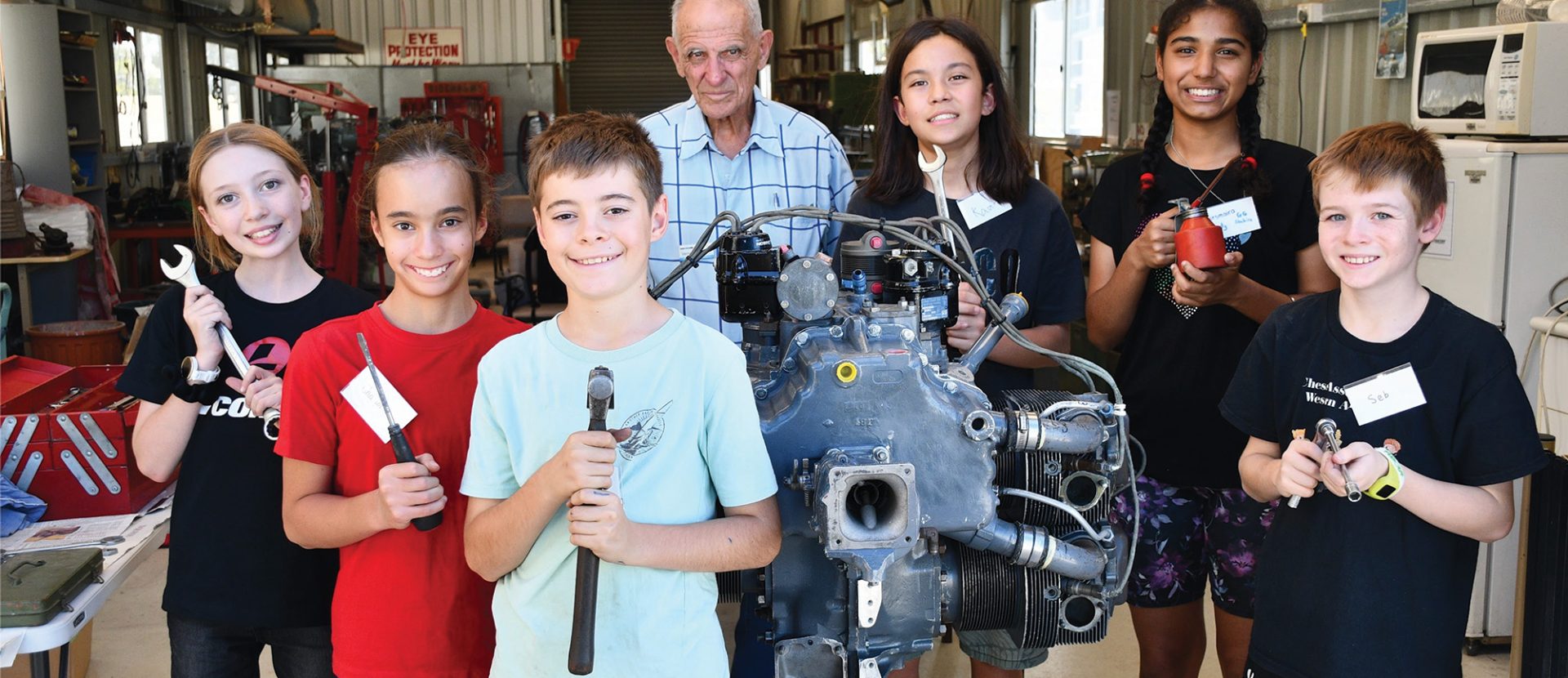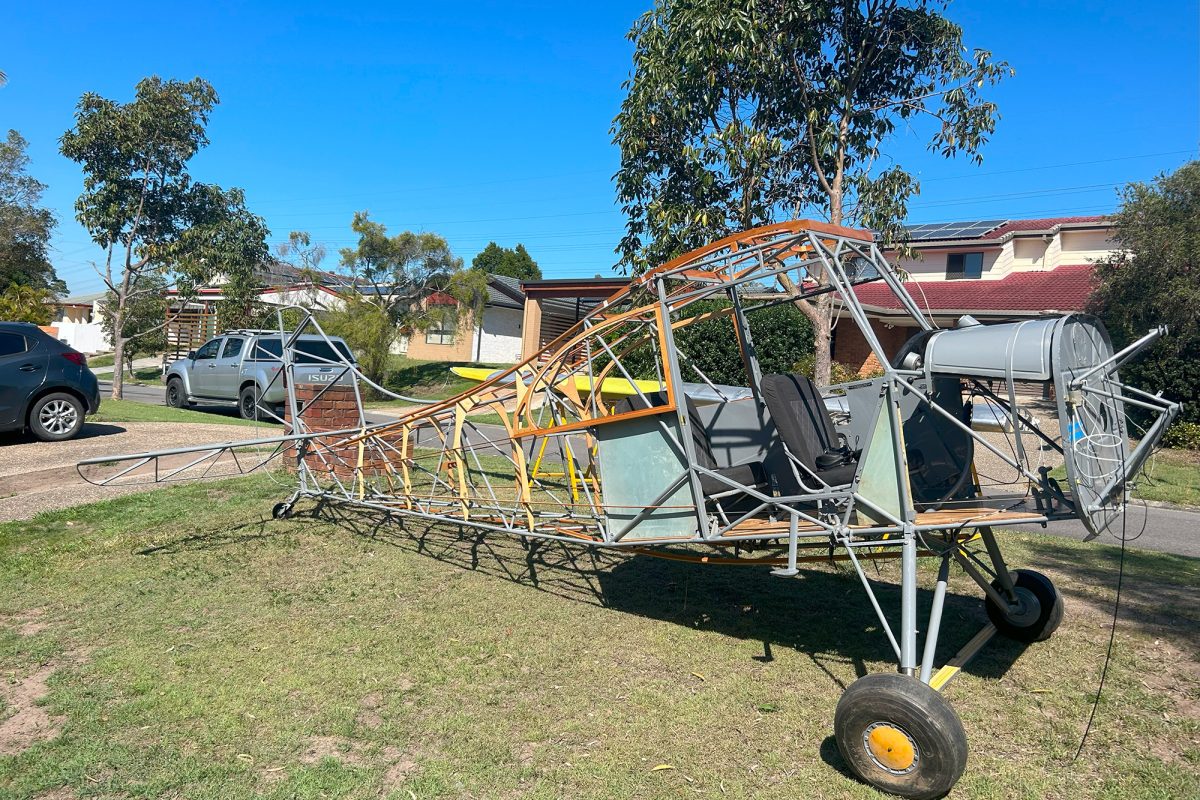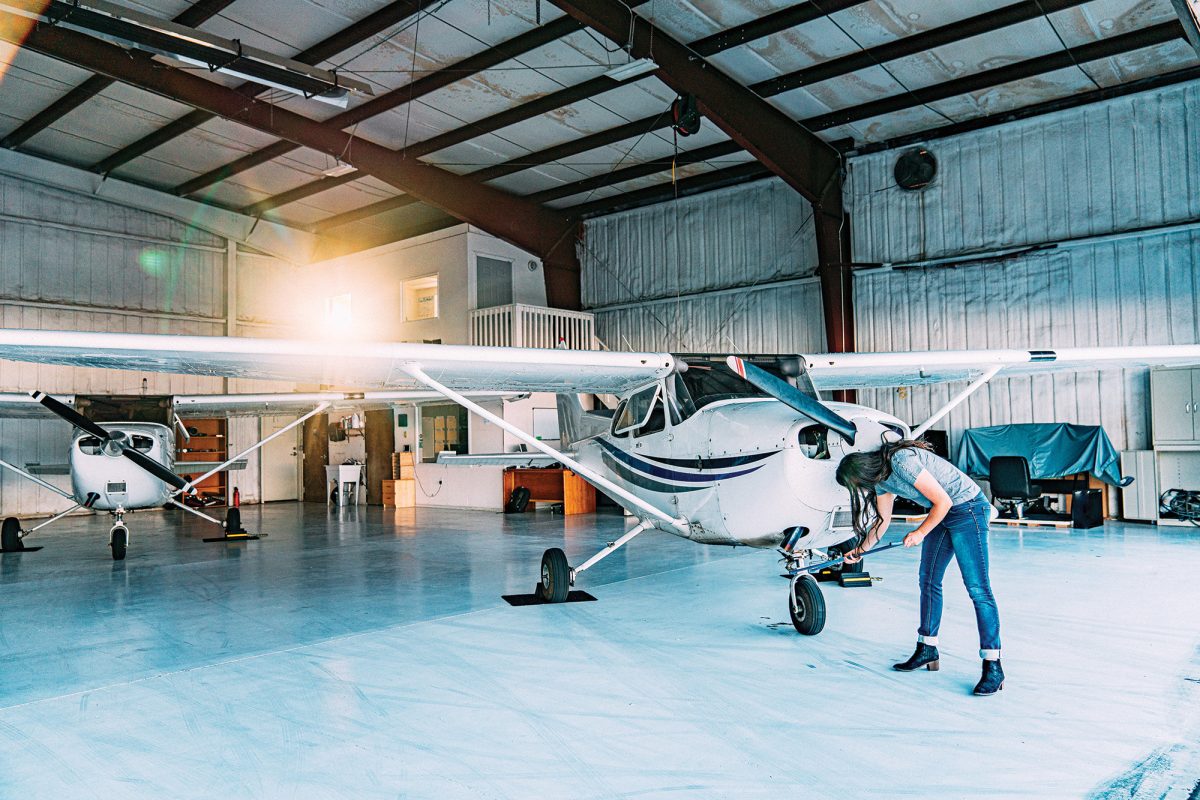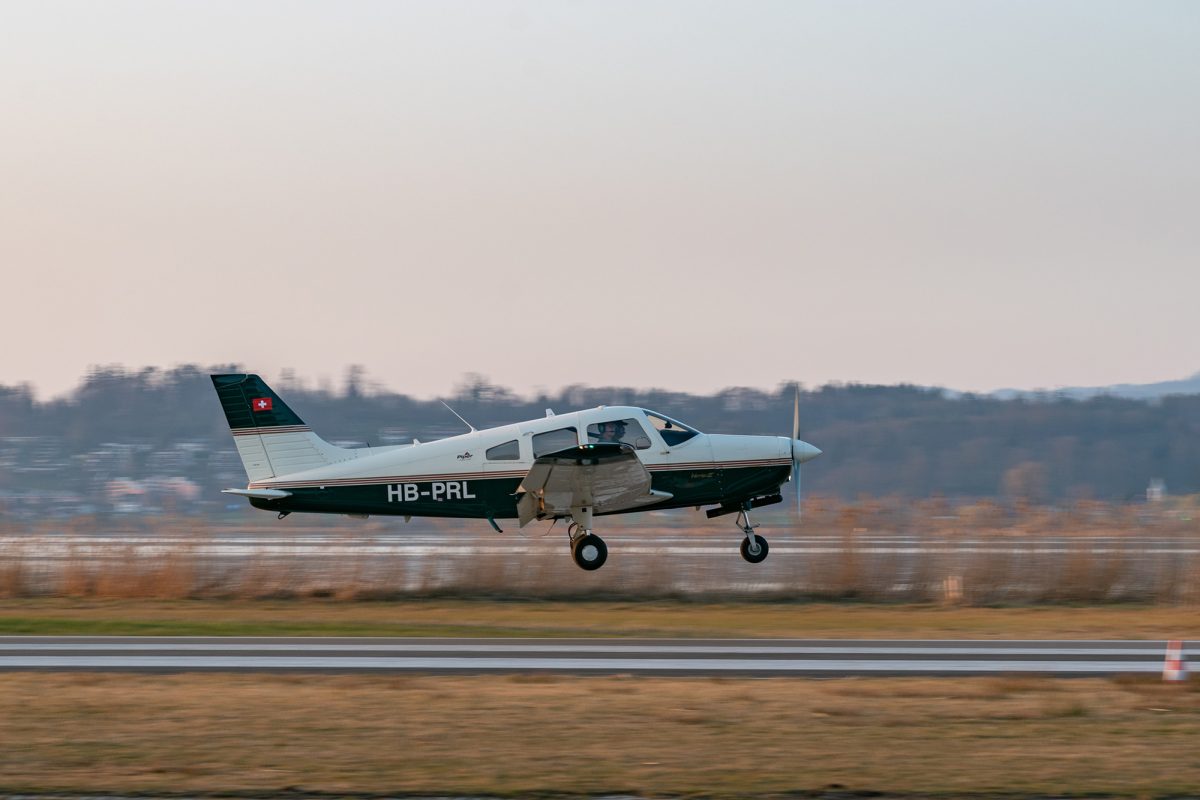A leftover bolt after an engine rebuild would normally be catastrophic! I can imagine the LAME’s stress, the aircraft mechanic’s fear and the RAAus engine builder’s panic! But for 6 aviation kids (plus a few adult helpers) it was a huge giggle! There were smiles all around, high fives and quite a few photos. Even the leftover bolt got its own individual photo. So, why the celebration do you ask?
The RAAFA Aviation Museum, Bull Creek WA had enabled us to complete an Engine Course utilising one of their display Lycoming 360 engines for a 2-day pull down/reassemble course. Through my Girls Can Fly Anything business, I hosted a group of kids — most of whom had never even picked up a spanner, let alone opened an engine. It was a lot of work to organise the event, but the basic idea was: Pull apart the engine on Day 1; Put it back together on Day 2. Easy!
DAY 1: Disassembly
We were all very excited as it was something completely new. Many of the kids hadn’t been in a mechanical workshop and then there were tools to learn. Imperial tools!! We all knew about fractions from school, but 1/4”, 5/8” and 1/2”… it seemed like we were learning a new language. We were keen to get started, so we broke into pairs to be in each of our three sections – removal, parts department and the information bay. Each pair circulated between the three sections and as the host it was my job to ensure that everyone had a fair chance on the tools and to schedule lunch breaks and cold drinks — it was an unexpected 44 degrees in a tin shed.
Initially the parts department and information bay jobs didn’t seem like the favourite positions, but surprisingly this changed among the group as more parts came off the engine and we all learned how critical it was that they were labelled and laid out correctly for the Day 2 reassembly. We had a very simple table setup as our parts department, laid with butchers paper so we could write details or do scribble diagrams around each part. There were brief conversations on handovers, and we had to read each other’s notes and follow the procedures.
Care had to be taken as we knew that a different person could be in charge of that department in the next hour. A lot of our school teachers love group work and often it can be a boring school project, but this was fun and it quickly became clear that we had to work together accurately as a team. Luckily the engine only had assembly, oil, and if a bolt was a bit tight we had extension bars… or a tap of a hammer to help us out. We could call on a friend to help with a part or to hand us some more tools. There was very interesting conversation. “What is that black thing called again?”… Magneto. “I’ve only got six bolts from that piston part, but the other ones I had eight?”. The thinking was happening. Being on the spanners and tools was fun, but the parts and information bays was where the interest was.
We were about halfway through Day 1 when the big question came…
WHAT HAPPENED TO THIS ENGINE?
Our adult helpers guided us with some information here and there but mostly left us to work out answers alone. Normally kids are told not to touch things, but we were allowed to hold, feel and move the parts. Everything had new names to learn; some made sense, and others were just strange. Pistons, cylinders, valves. But hang on… one valve looked rough and black, while the others were clean and smooth? We were excited and sad at the same time. We’d found a possible problem that such a small part or a simple malfunction had caused this engine to sit for the rest of its life on a museum floor instead of flying.
There was no time to waste as our parents were collecting us soon at the end of Day 1. Our faces were beaming, excited with what we’d achieved. When it came time for our parents to pick us up, they were all in complete shock! Remember when you tell your kids to not touch something in case they break it? The engine the parents had seen in its complete form at the beginning of the day now laid scattered into a million parts on a table. Although intrigued, the parents were very worried if the engine would ever go back together again.
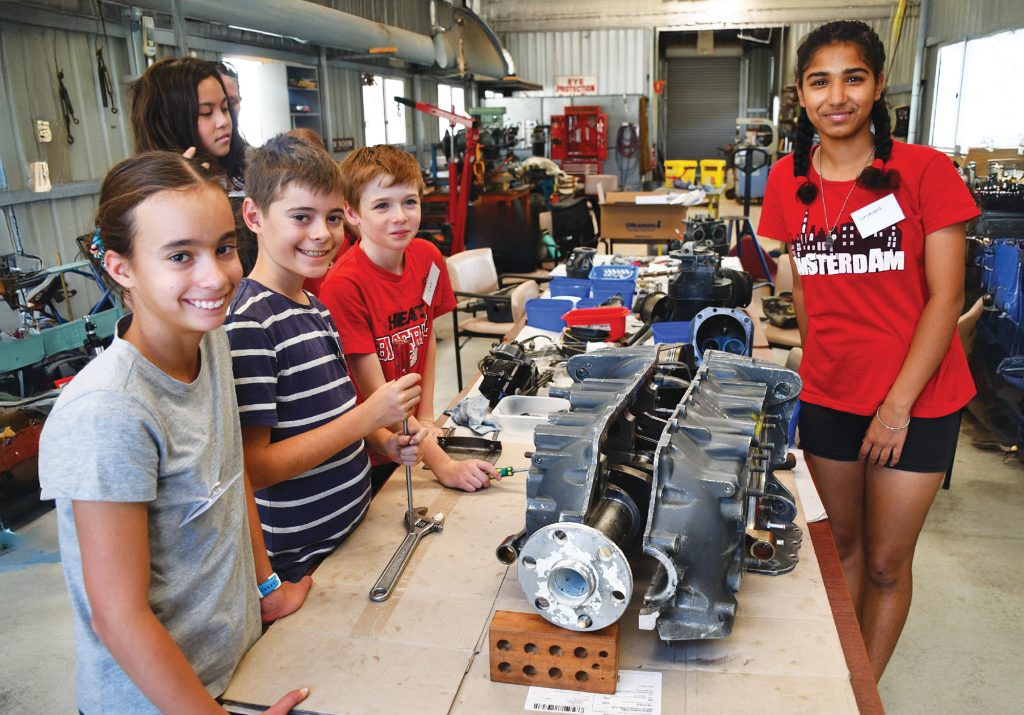
DAY 2: Reassembly
We all knew the challenge and the deadline of 4pm on Day 2. Engine completely reassembled. Nothing missing – no spare parts.
The parts department and information bay kids who were not the focus on the beginning of Day 1 were now our most critical team members. The adults lifted the crankshaft back into place because it was extremely heavy, but apart from that it was all kid’s hands in action. The clock ticked by and the parts table soon wasn’t overflowing. A few steps seemed super-slow and fiddly, but then we charged ahead as we all remembered the tools and bolts necessary — by now we had learned the correct part names too. Our parents came early for pick up and were astounded. We barely saw them as we were concentrating so much. Spanners and sockets flew into hands; bolts were passed between partners and parts suddenly got reattached correctly.
We had done it!
The engine was completely back together and as we all turned to checked the parts table… there was one leftover bolt! Looking at what we had achieved, the leftover bolt was now our celebrity!
Several months later, our high school Aviation class was lucky to have an excursion to the RAAFA Bull Creek Museum. Our engine course group found our Lycoming engine again on display and there was some very proud discussions with classmates about how just six kids had pulled it completely apart in one day and reassembled it the next. They chatted about air/fuel mixtures, valve springs and lobes on camshafts.
Of course, many kids didn’t believe us and that’s OK. We have the photos as proof… and the leftover bolt!
No-one tell RAAFA Bull Creek, that the leftover bolt now sits above my homework desk to remind me what kids can do in aviation even if we are only 12 years old.
